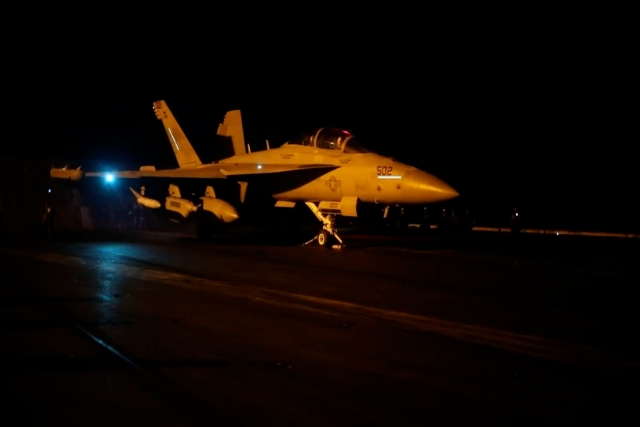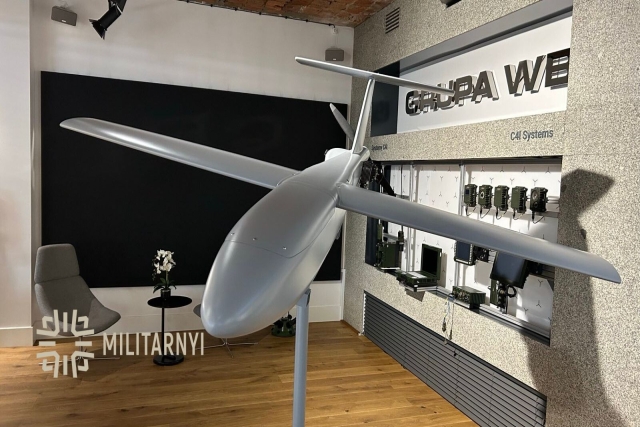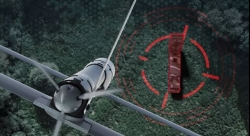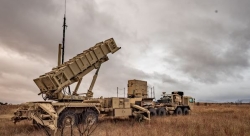U.S. Navy's EA-18G Electronic Attack Aircraft Fires First Anti-Radiation Missile in Combat
This event took place during a defensive operation conducted by the 130th Electromagnetic Attack Squadron (VAQ-130), known as the Zappers.

The U.S. Navy's EA-18G Growler, an electronic attack variant of the F/A-18F Super Hornet, fired its AGM-88E Advanced Anti-Radiation Guided Missile (AARGM) at a Houthi drone, marking the first use of the aircraft and missile in combat.
This event took place during a defensive operation conducted by the 130th Electromagnetic Attack Squadron (VAQ-130), known as the Zappers, as part of their deployment with the USS Dwight D. Eisenhower Carrier Task Force.
The Zappers, now returning from a combat deployment, conducted operations in the southern Red Sea, Bab el-Mandeb Strait, and Gulf of Aden. Over the course of their mission, they engaged in nearly 700 combat sorties aimed at diminishing Houthi capabilities to threaten commercial shipping.
"I can't remember the last time the Navy had a more challenging deployment with a combination of multiple extensions, severely limited opportunities for R&R and true combat….. [It was challenging], not just for aviators, but the crew of the whole strike group as well, in the most kinetic action at sea since World War Two," Commander Carl Ellsworth of VAQ-130 was quoted as saying by Forces.net.
While on deployment aboard the Nimitz-class aircraft carrier USS Dwight D Eisenhower supporting Operation Prosperity Guardian, the Zappers took part in combat operations to maintain security in international waterways. Under Operation Yukon Lightning, VAQ-130 conducted seven pre-planned strikes against targets in Houthi-controlled Yemen.
These missions targeted Iranian-sponsored anti-ship ballistic missiles, anti-ship cruise missiles, and one-way attack unmanned aerial vehicles.









